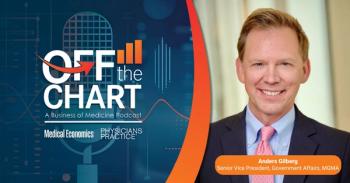
Study Reveals One More Reason for Physicians to E-Prescribe
As it turns out, e-prescribing may be linked with improved patient outcomes and medication-compliance rates.
By now, you’re probably well aware that e-prescribing offers financial benefits - not the least of which includes meeting Stage 1 of CMS’ meaningful use incentive program. But did you know that e-prescribing is also linked with improved patient outcomes and medication compliance rates?
According to a
To get to these results, researchers from Surescripts collaborated with pharmacies and pharmacy benefit managers to analyze de-identified data sets representing more than 40 million prescription records - comparing electronic prescriptions with paper, phoned- and faxed-prescriptions - to measure the impact on first-fill medication adherence.
Physicians who adopted e-prescribing used the technology to route up to 40 percent of their prescriptions electronically during the time of the study.
So, what is it about paper subscriptions that equates to lower medication adherence? The first problem is what Surescripts refers to as "prescription leakage,” or the fact that many patients either lose a prescription or don’t get around to dropping it off. But when a physician elects to send a prescription electronically to the patient's choice of pharmacy, the prescription is immediately sent to the pharmacy. Another culprit: Patient co-pay. According to Surescripts researchers, the higher the co-pay, the more likely it is that the prescription will be abandoned by the patient. However, that problem can be addressed through the e-prescribing process, say researchers.
“When a physician uses e-prescribing, they have access to the patient’s prescription benefit information,” Surescripts spokesman Rob Cronin told Physicians Practice via e-mail. “This allows the doctor the opportunity to select a drug that is on formulary or that has a lower co-pay or a generic … all of which decreases the likelihood of sticker shock.”
Derek Kosiorek, independent consultant, MGMA Health Care Consulting Group,
“The whole reason we’re putting e-prescribing in place is to make work flow more efficient, more effective,” he said.
Newsletter
Optimize your practice with the Physicians Practice newsletter, offering management pearls, leadership tips, and business strategies tailored for practice administrators and physicians of any specialty.








